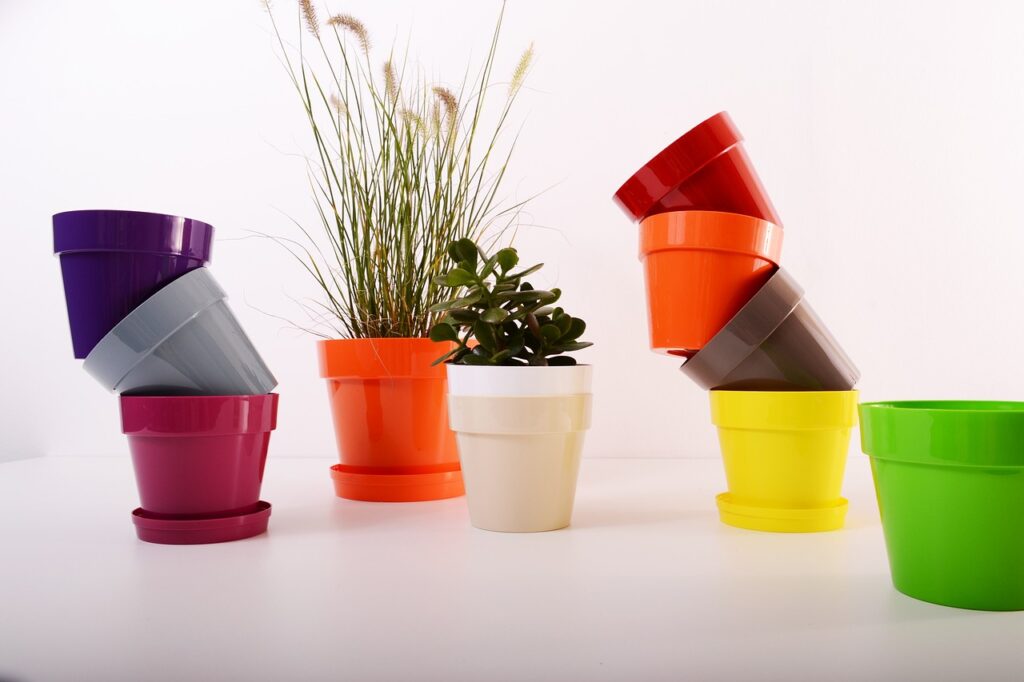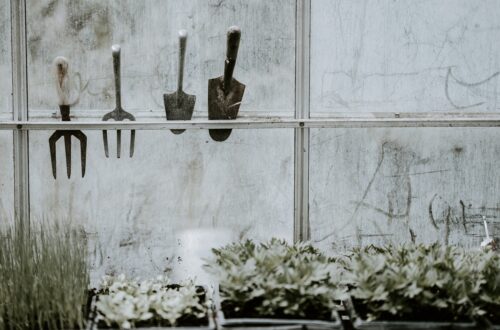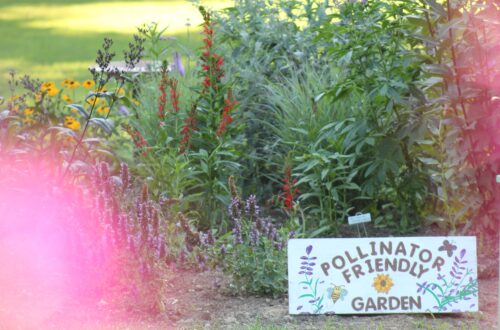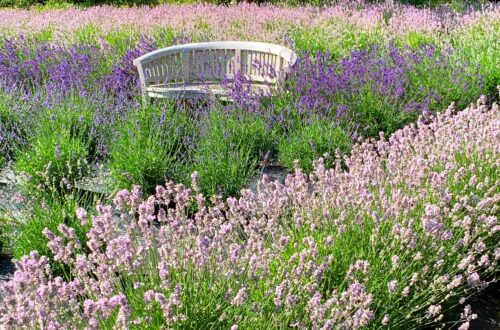
Gardening and plant enthusiasts often find themselves accumulating a surplus of plastic plant pots over time. These pots accompany newly acquired plants and tend to pile up in our homes and gardens. Instead of discarding them, let’s explore creative and environmentally responsible ways to give these plastic plant pots a new purpose. In this blog post, we will delve into various inventive applications for these pots that can help reduce waste and enhance your gardening experience.
Propagation Station
Plastic plant pots can serve as the ideal setting for propagating new plants. Simply fill smaller pots with soil, introduce cuttings or seeds, and create a mini greenhouse effect by covering them with clear plastic bags or plastic wrap. The transparent covering retains humidity and encourages swift root development, making it a perfect method for nurturing new plants from your existing ones.
Storage and Organization
Leverage plastic plant pots to declutter and organize your gardening tools, markers, or even craft supplies. These small pots are excellent for categorizing and storing various items. Arrange them on a shelf or attach them to a wooden board to craft an ingenious storage solution that keeps your essentials at your fingertips.
Herb Garden
For those with limited space but a strong desire for fresh herbs, consider constructing a vertical herb garden with plastic pots. Attach these pots to a wall or fence, fill them with potting soil, and plant your favorite herbs. This not only maximizes your available space but also ensures convenient access to fresh herbs for your culinary endeavors.
Painted Planters
Unleash your creativity by transforming plain plastic pots into vibrant, decorative planters. A few coats of weather-resistant paint can breathe new life into these pots, making them eye-catching additions to your garden. Feel free to experiment with diverse designs, or involve your family in a DIY project that infuses your garden with color and personality.
Seedling Starters
Plastic plant pots are invaluable for initiating the growth of seeds before transplanting them into your garden. Label each pot with the type of seed, date of sowing, and other relevant information, guaranteeing a systematic and efficient gardening process.
Compost Sifter
If you’re keen on composting, repurpose plastic pots as improvised compost sifters. Cut out the bottom of a pot and attach a piece of wire mesh or a fine sieve. Use this contraption to sift your compost, removing any sizable debris or uncomposted material from the mix.
Collecting Rainwater (For pots without holes in the bottom)
Larger plastic plant pots can be transformed into effective rainwater collection systems. By removing the top section of the pot while retaining a small lip around the edge, you can direct rainwater efficiently. Position the modified pot beneath a downspout, allowing it to accumulate rainwater. To prevent debris from contaminating the collected water, cover the top with a mesh or screen. This harvested rainwater can subsequently be used for garden irrigation, reducing your reliance on conventional water sources.
Plant Dividers
Larger plastic pots can be partially buried in the ground to create plant dividers. This practical technique separates different plant types or helps establish pathways in your garden while simultaneously minimizing the need for new materials.
Kids’ Gardening Projects
Engage children in gardening activities by involving them in projects using plastic pots. Encourage their interest by letting them decorate their pots and choose the plants they want to cultivate. This serves as an excellent opportunity to teach children about the environment and the joys of gardening.
Repurposing plastic plant pots is a straightforward yet highly effective method of reducing waste and maximizing the utility of your gardening supplies. From nurturing new plants to enhancing organization and sustainability, these pots offer a multitude of creative possibilities. By exploring these ideas, you not only contribute to a more environmentally friendly world but also infuse your garden and home with unique character. The next time you find yourself with a plastic plant pot in hand, consider the array of possibilities it offers beyond its initial use. Happy gardening!





